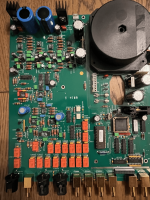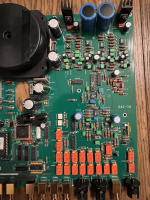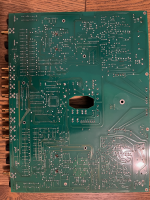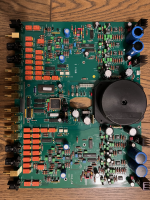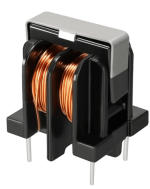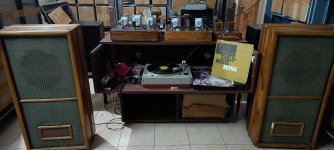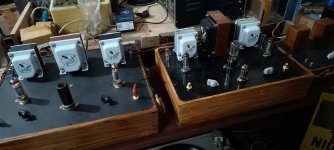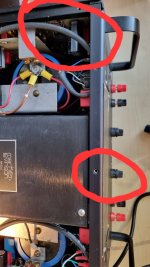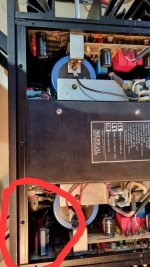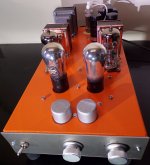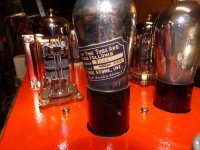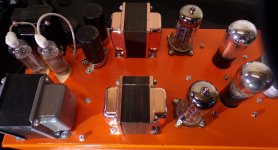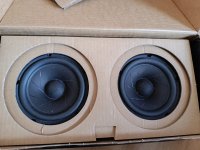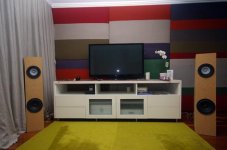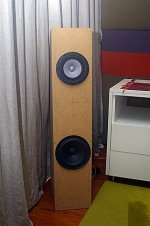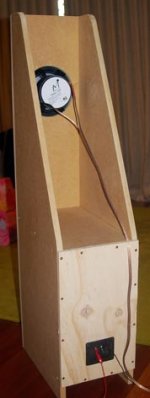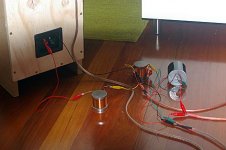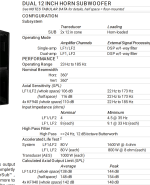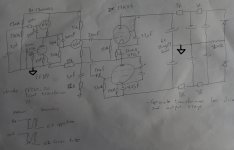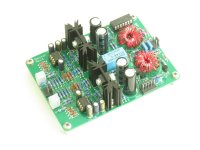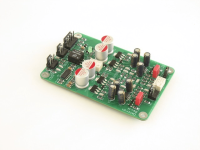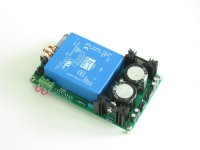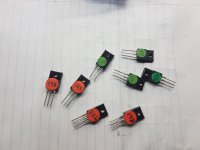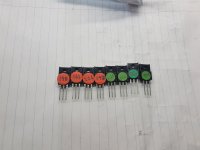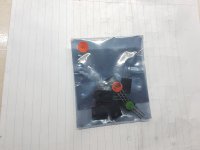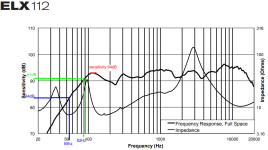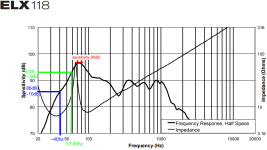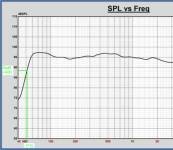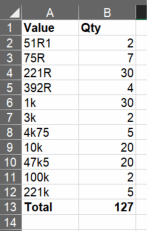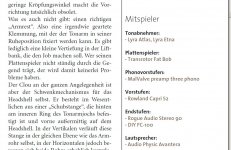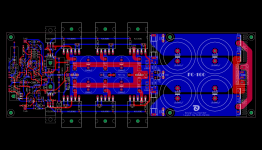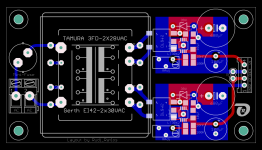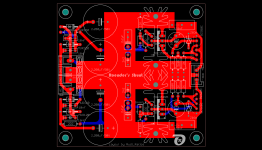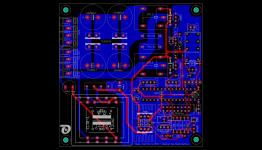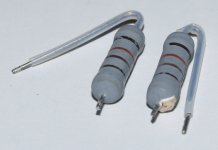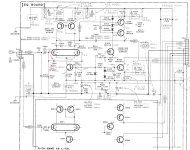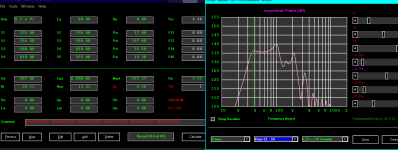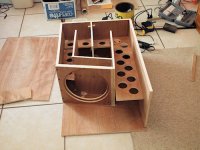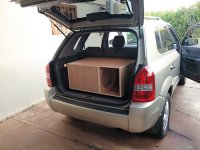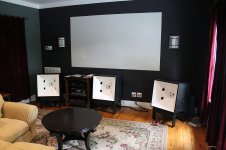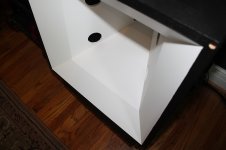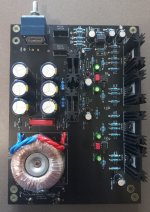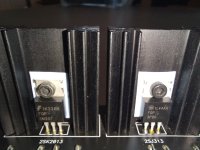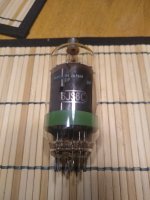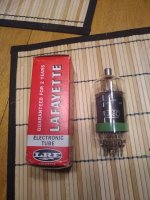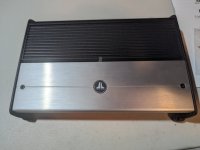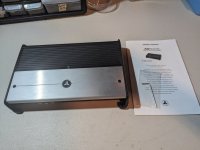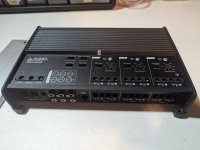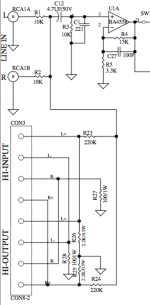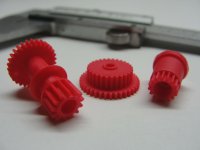Five years after the first round of group buy (
http://www.diyaudio.com/forums/solid-state/202047-roenders-fc-100-prototype-builders-thread.html) I would like and start another round right now.
Roender's (Mihai's) FC-100 amplifier is one of the gems of this forum. Not only in my ears and the ears of everyone, who has built it.
But also in the ears of a professional German Audio-Magazine's editor, who has selected the FC-100 as a reference-amplifier in a given price range (see image #1)
- and who did listen to Mr. Pass' F5, to the SYMASYM to ... but chose the FC-100 as reference!
I have only done some very slight, "cosmetic" changes to my original FC-100 layout (changing the input connector, the positions and heatsinks of the backend-rectifiers, ...).
"Never change a winning team". (see image #2).
As the FC-100 frontend-PSU I will happily offer you my Dual LT3062-based PSU (see image #3 and the zipped LT3062 - LTspice model).
A German DIY-friend of mine has soldered the LT3062 prototype, being driven from a 2x30VAC EI42-transformer and has adjusted it to give an output of +/-37VDC.
The prototype works flawlessly.
I myself do not like shunt-regulators at all. They are wasting voltage and power.
In the meantime companies like TI and LINEAR have developped very reliable, low-noise LDO-regulators that can/should be used instead!
For those, who do not trust my proposed dual LT3062 - regulator, I will offer Mihai's original shunt regulator (see image#4).
If you want the FC-100 to be driven from a "Soft-Power-On Circuit", I will offer you my "SPO/TempControl" - PCB (see image#5).
There is constraint though concerning my offer.
You will of course receive my "Builder's Guide", "Drill-Template", ...
But I will only offer the PCBs being ordered and will not offer you "any hard-to-get-component", nor will I select and match any component.
I have in the meantime grown too old to do this for you, but I hope that there is somebody among you, who takes the lead and tells me:
"I will order, select and match the NJL-transistors for you"
"I will order, select and match the input 2SK170 - transistors for you"
"I will order the 2SC3423 / 2SA1360 and MKP1839 and MPC74 - 0R1 resistors for you"
I will support him as much as I can.
Best regards - Rudi_Ratlos
